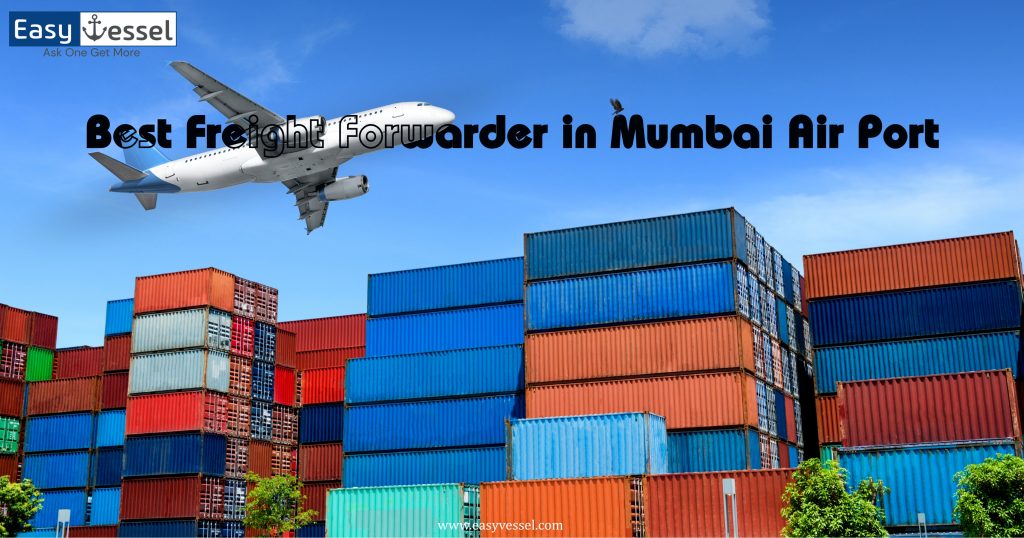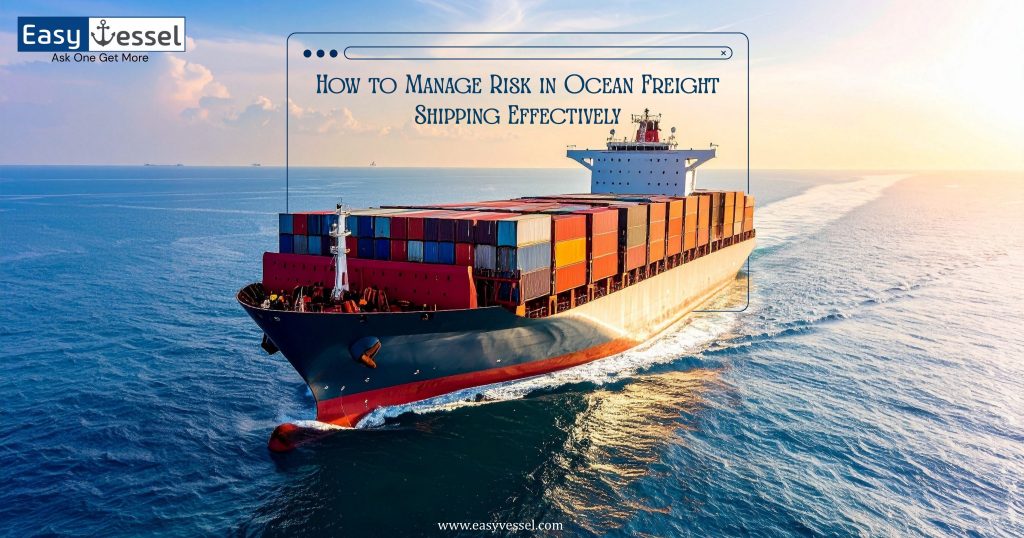- Shipping costs refer to the expenses associated with transporting goods from the seller to the buyer.
- These costs include various factors, including transportation fees, packaging costs, handling charges, and any additional services like tracking or insurance.
- Global businesses are currently struggling with rising freight costs due to global conflicts and economic uncertainties.
- Consequently, companies must pass on these increased costs to their customers.
- Even though these price hikes are slow, customers often avoid paying more and prefer fast and affordable shipping options.
- Higher shipping costs can discourage customers from completing purchases and may lead to negative feedback and reduced repeat business.
- Therefore, companies need to strategize how they manage these expenses.
- Maintaining shipping costs at an optimal level is crucial for businesses to improve their profitability.
- By doing so, companies can redirect these savings to other essential areas of their operations or invest in growth opportunities.
What is Shipping Cost:
Shipping costs include all expenses associated with delivering an order to the customer’s doorstep. Various fees are involved when considering the journey from the manufacturing facility to the customer’s location. The overall shipping cost can typically be categorized into two main types: shipping costs and handling costs.
Here are the specific costs that mark up this entire process:
- Storage Costs
- Packaging Materials Costs
- Picking and Packing Costs
- Labor Costs
- Loading Costs
- Fuel Costs
- Postage Costs
- Surcharges and Customs Costs
- Delivery Labor Costs
10 Tips to Reduce Shipping Costs:
Here are the 10 best ways to reduce shipping costs for export:
- Optimize Packaging
- Negotiate with Carriers
- Use Technology
- Enhance Shipping Routes
- Partner with Third-Party Logistics (3PL) Providers
- Optimize Packaging Dimensions
- Secure Discounted Shipping Rates
- Purchase Discounted Supplies
- Implement a Multi-carrier Strategy
- Offer Local Pickup and Delivery
Optimize Packaging:
Efficient packaging can greatly reduce shipping costs. Here’s how:
Minimize Package Size: Use appropriately sized boxes to avoid paying for unused space. Smaller packages mean lower dimensional weight charges.
Lightweight Materials: Choose lightweight packaging materials furthermore, choose lightweight packaging materials that provide sufficient protection without adding unnecessary weight.
Consolidate Shipments: Whenever possible, combine multiple items into a single shipment to save on individual package costs.
Negotiate with Carriers:
Building strong relationships with shipping carriers can lead to cost savings. Consider these tips:
Volume Discounts: If your business ships frequently, negotiate for volume discounts with your carrier. Additionally, higher shipping volumes can often lead to lower rates.
Contract Agreements: Enter into long-term contracts to lock in favorable rates and conditions.
Shop Around: Don’t settle for the first quote you receive. Compare rates from multiple carriers to ensure you’re getting the best deal.
Use Technology:
Using the right technology can streamline your shipping process and reduce costs. Here are some tools to consider:
Shipping Platform: Invest in a shipping platform like easyvessel that provides multiple and lowest freight rates worldwide. Furthermore, compare rates and confirm your deal with 0% commission. This can help you find the most cost-effective options easily.
Automation: Easyvessel provides multiple quotes worldwide. You don’t need to call each freight forwarder for freight. You can just post your inquiry and get the shipping quotes easily.
Data Analytics: Moreover, use data analytics to identify patterns in your shipping process and areas where you can cut costs.
Enhance Shipping Routes:
Efficient routing can make a significant difference in shipping costs. Here’s how to optimize your routes:
Direct Shipping: Whenever possible, choose direct shipping routes to minimize handling and reduce transit times.
Regional Warehousing: Establish warehouses in key regions to reduce the distance goods need to travel. This can lower shipping costs and improve delivery times.
Carrier Partnerships: Work with carriers that offer optimized routes and have extensive networks in your target markets.
Partner with Third-Party Logistics (3PL) Providers:
Third-party logistics providers can optimize your shipping processes and reduce shipping costs. They offer benefits such as:
Efficient Packaging: 3PL providers are experienced in optimal packaging techniques, which can reduce shipping costs.
Global Reach: With fulfillment centers worldwide, they can shorten delivery distances and cut shipping costs.
Scalability: Flexible fulfillment options allow you to scale your operations without significant increases in overhead.
Optimize Packaging Dimensions:
The size of your packages significantly affects shipping costs. Optimize your packaging by:
Integrate Shipments: Combine products for the same destination into one package.
Reducing Excess Space: Custom-fit packaging reduces material use and shipping costs. Furthermore, it helps optimize space and ensures items are securely packed for transit.
Secure Discounted Shipping Rates:
To obtain discounted shipping rates, consider:
Dimensional Weight: Understand and manage dimensional (DIM) weight to avoid extra costs.
Fuel Surcharges: Negotiate discounts that account for fluctuating fuel surcharges.
Service Levels: Choose cost-effective service levels that meet your delivery needs without unnecessary expenses. Additionally, consider selecting service levels that provide the right balance between cost and delivery speed.
Purchase Discounted Supplies:
- Buying packaging materials like boxes, poly mailers, and dunnage in bulk can save money.
- Many carriers offer discounts on supplies for small businesses, reducing overall, shipping expenses.
Implement a Multi-carrier Strategy:
Using multiple carriers can offer competitive rates and greater flexibility. Benefits include:
Risk Mitigation: Avoid reliance on a single carrier, reducing the impact of service failures or rate hikes.
Specialized Services: Select carriers specializing in specific types of shipments, such as heavy or risky items.
Offer Local Pickup and Delivery:
Allowing customers to pick up their orders locally can reduce shipping costs and enhance customer satisfaction. Benefits include:
Community Engagement: Connect with your local community, encouraging in-store visits.
Increased Average Order Value (AOV): Local customers may purchase additional items when picking up orders.
Reduced Delivery Costs and Delays: Minimize shipping costs and potential delivery issues.
Conclusion:
Reducing shipping costs on exports requires a strategic approach that includes optimizing packaging, negotiating with carriers, leveraging technology, and optimizing shipping routes. Consequently, by implementing these tips, your business can achieve significant cost savings, improve efficiency, and enhance customer satisfaction.
Easyvessel is the best online platform to connect importers and exporters with multiple freight forwarders to get the lowest freight rates worldwide with 0% commission.
References:
Frequently Asked Questions
Negotiate rates & discounts: Play carriers against each other and leverage volume for better deals.
Embrace flat rates: Expected costs for heavier items with flat-rate boxes.
Pack smart: Use right-sized boxes and lightweight materials to minimize dimensional weight.
Shipping software: Use the easyvessel platform to compare rates, find discounts, and streamline the process.
Consolidate & bulk shipping: Combine orders and leverage volume discounts.
Fulfillment centers: Utilize their negotiated rates and infrastructure.
Local pickup: Offer in-store pickup to eliminate shipping costs for some customers.
Continuously optimize: Regularly review and adjust strategies to find new cost-saving opportunities.
To reduce exporting costs, businesses should negotiate better rates with logistics providers by leveraging shipping volume and freight forwarders to consolidate shipments. Optimizing packaging minimizes shipping fees while utilizing trade agreements and correct tariff classifications helps avoid unnecessary duties. Export management software simplifies documentation and cost tracking. Additionally, partnering with local distributors reduces shipping expenses and improves delivery efficiency. Regularly reviewing and adjusting export strategies ensures ongoing cost savings.
Shipping and handling costs = Packaging costs (P) + Shipping costs (S) + Handling costs (H), or P + S + H. There are three variables in the formula: P = Packaging costs, or the cost of the envelope or box and any packing materials.
To calculate shipping size, measure the package’s length, width, and height in inches or centimeters. Multiply these dimensions to find the package’s volume in cubic inches or cubic centimeters. Compare this volume to the carrier’s size guidelines to determine whether the package is categorized as small, medium, or large. Some carriers may also calculate dimensional weight based on the package’s volume and a specific dimensional factor.



